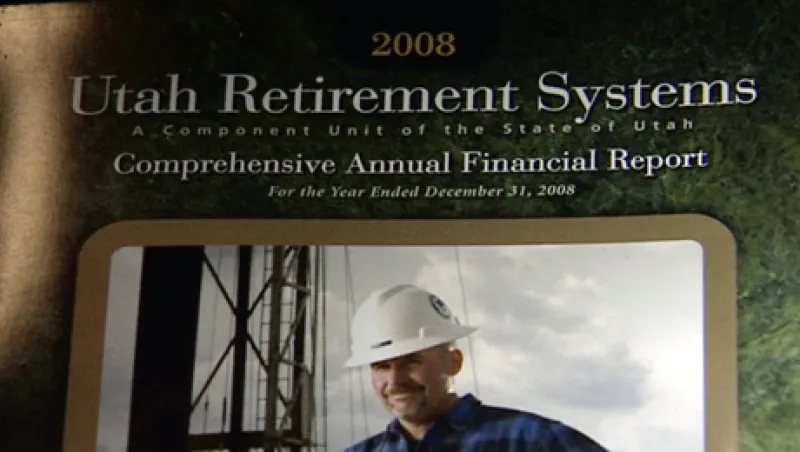Increasing demand among institutional investors and regulators for risk monitoring and assessment of hedge funds has given birth to a new standard. Open Protocol Enabling Risk Aggregation — commonly known as Opera or Open Protocol — is designed to ease the risk reporting process for hedge fund managers and institutional investors with many hedge fund investments, negating the need to fill out different risk templates for each investor.
The proactive assault by an international working group of 16 companies representing a chorus of investment firms, hedge fund managers, prime brokers, risk providers, custodians and fund administrators — with the BT Pension Scheme and Utah Retirement System joining the D.E. Shaw Group, Citadel, Goldman Sachs Group, State Street Corp., Och-Ziff Capital Management and Credit Suisse Group to give the standard clout.
Open Protocol was conceived to allow investors to collect and aggregate data at a portfolio level, says Gaurav Amin, director of risk management at U.K.-based Albourne Partners, one of its main developers. “It offers a level-by-level method of collection, collation and conveyance of risk information for hedge fund managers to share exposures and risk information,” he says, adding that investors want to have more risk data at their disposal.
In August last year the standard was available for download from its website. “We have made some decent progress on the initiative, including many large institutional investors asking managers to produce the report, and some funds have started producing the information,” says Amin.
Increased scrutiny by regulators was another nudge. “We hope by practitioners forging a technical approach to risk, it will provide regulators with a way to try to identify systemic risk,” he continues.
“The success of the program is its participation,” says Bruce Cundick, CIO at the Utah pension plan. Pension plans see it as an enormous advantage to have all metrics calculated using the same methodology — not to mention seeing all exposures aggregated and having concentration levels by geography, sector and industry. You get position-based rather than returns-based data, which are more accurate — managers’ own position data are generated. And it’s all collected and disseminated in a standard format, Cundick says.
Amin and the working group wanted to find harmony for such sticking points as multiple sources of data, inconsistent calculation methodologies, different reporting formats — an investor with a portfolio of 20 hedge funds may receive leverage numbers calculated in numerous different ways, he explains. “Investors want to see this data in a format usable at an aggregate portfolio level because the investor must view the whole portfolio.”
Adds George Sullivan, global head of State Street Alternative Investments Solutions Group: “It makes everyone’s job easier — hedge fund managers and asset managers with multiple hedge fund investments. Players will be on the same page, comparing apples to apples.”
They’ll be viewing reports with sections for asset class exposures like credit, currencies and commodities, as well as risk measures — sensitivity analysis, VaR, stress tests and counterparty risk.
Third-party service providers like ConceptOne, AxiomSL and Sungard APT have developed capabilities to produce the reports. “Axiom lets funds see how the data was calculated and on what underlying data it’s based,” says Don Mumma, managing director, adding that Axiom helps funds comply with aggregation dimensions on positions and drill down to individual trading strategies.
Says Laurence Wormald, head of research at Sungard APT: “Hedge fund clients deserve better risk reporting — the very piecemeal solutions haven’t met basic requirements.” Institutional investors have much better risk reports but aggregation has bedeviled them.
Open Protocol homes in on counterparty and collateral risk, “information that was available but now will be more granular,” adds Dan Connell, president at ConceptOne. There are three levels: Level one expresses total portfolio risk through stress testing; Levels two and three drill down by asset class and by sector. “They can leg into it slowly,” he says. ConceptOne offers internal analytics, dashboards to manage investments and external reporting.
Of course, Open Protocol isn’t perfect. “There are gray spots in the VaR area with categories for global, Asia and Europe, but from one fund to another, global may encompass Asia and Europe. There’s no sector for government funds, so in fixed-income portfolios, sovereign bonds will go in the ‘other’ category,” notes Mumma. The challenge is that data consistency is needed for the report — respondents have to categorize all the different calculations.
But these are minor, not major stumbling blocks. “The main thing is that people get more information overall and that’s what counts,” he says.
Harmony trumps dissonance.






